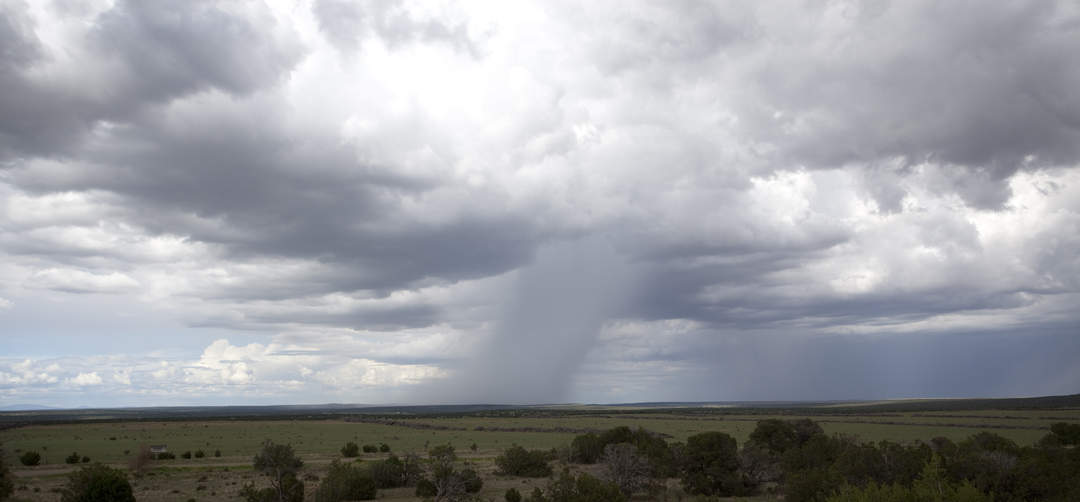North American monsoon
Pattern of thunderstorms and rainfall in the southwestern United States and northwestern Mexico
North American monsoon ▸ Facts ▸ Comments ▸ News ▸ Videos

The North American monsoon, variously known as the Southwest monsoon, the Mexican monsoon, the New Mexican monsoon, or the Arizona monsoon is a pattern of pronounced increase in thunderstorms and rainfall over large areas of the southwestern United States and northwestern Mexico, centered roughly on the Rio Grande Valley, and typically occurring between June and mid-September. During the monsoon, thunderstorms are fueled by daytime heating and build up during the late afternoon and early evening. Typically, these storms dissipate by late night, and the next day starts out fair, with the cycle repeating daily. The monsoon typically loses its energy by mid-September when much drier conditions are reestablished over the region. Geographically, the North American monsoon precipitation region is centered over the Sierra Madre Occidental in the Mexican states of Sinaloa, Durango, Sonora and Chihuahua.
| 0 shares | ShareTweetSavePostSend |
You Might Like
Monsoon withdraws from India, four days after normal dateThe Southwest Monsoon withdrew completely from India on Thursday, four days after the normal date of October 15, the India Meteorological Department (IMD) said. It had started withdrawing from the..IndiaTimes - Published | |
Monsoon 2023 to end with below-normal rains, global warming fuels erratic weatherIndia's Southwest Monsoon ended on September 30 with below-normal rainfall. The country recorded a cumulative rainfall deficiency of 5.6% of the long-period average. Over 200 districts are still facing..IndiaTimes - Published |
| Search this site and the web: |
